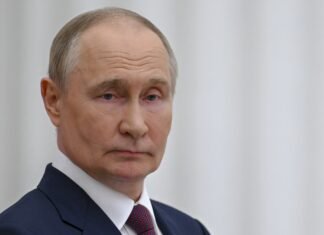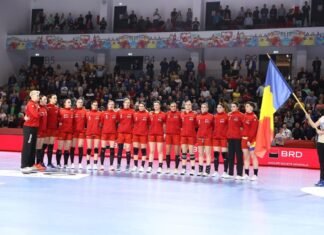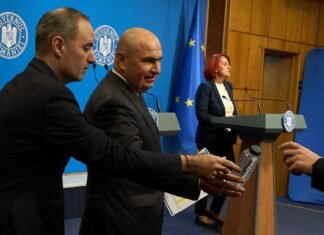The Romanian Patriarchy has issued a statement expressing its discontent regarding the theatrical performance titled „Proorocul Ilie,” which is currently being staged at the National Theatre. The church authorities have conveyed their disappointment concerning what they perceive as the derogatory use of religious symbols within the production.
In the statement, the Romanian Patriarchy highlighted the importance of respecting religious symbols and the beliefs they represent. The criticism is directed at how these symbols are portrayed in the play, arguing that the artistic expression should not come at the expense of defaming or disrespecting key religious figures and the tenets of faith. The Patriarchy emphasizes that art has the potential to enlighten and inspire, but it must also be responsible and mindful of its impact on societal values.
„Proorocul Ilie,” which translates to „The Prophet Elijah,” draws on significant religious themes, which makes the Patriach’s concerns particularly poignant. The Prophet Elijah is a venerable figure in both Christian and Jewish traditions, revered for his miraculous deeds and strong faith. Therefore, any portrayal that misrepresents or mocks this figure can elicit strong reactions, especially from those who hold these beliefs dearly.
The Patriarchy’s announcement is part of a broader dialogue about the intersection of art and religion. While freedom of expression is a cornerstone of artistic creation, the portrayal of sacred symbols in art often walks a fine line. Many artists strive to provoke thought and challenge perspectives, yet they must also navigate the sensitivities surrounding religious beliefs.
The Romanian Patriarchy’s reaction is a reminder of the diverse opinions present within society regarding religion and its representation in modern artistic expressions. Different communities may interpret the same artwork in various ways, leading to dialogues that can either bridge understanding or create tension. This complexity is at the heart of discussions about censorship, freedom of expression, and the responsibility of artists.
As the performance continues, the ongoing discourse surrounding „Proorocul Ilie” serves not just as a critique of the play itself but also raises questions about the broader implications of artistic freedoms. The engagement from religious institutions signals an active interest in how art can influence public opinion and the moral fabric of society. Whether one agrees with the Patriarchy’s stance or sees value in the artistic exploration, it is clear that the debate encourages audiences to contemplate the profound relationships between culture, faith, and expression.
In a world where creative interpretations often spark controversy, it becomes crucial for all stakeholders—artists, audiences, and religious leaders—to engage in constructive conversations. These dialogues can enhance mutual understanding and respect, allowing for a richer cultural landscape that honors both creativity and tradition. Ultimately, the challenge lies in forging a path that allows for artistic exploration without compromising the fundamental values that many hold dear. The situation surrounding „Proorocul Ilie” exemplifies this ongoing struggle and invites society to reflect on the delicate balance between artistic freedom and reverence for religious convictions.
As this discussion progresses, it will be interesting to observe how the theatre community responds to the criticisms and whether this sparks a larger movement towards more conscious artistic expressions. The conversations initiated by the Romanian Patriarchy may encourage artists to consider the implications of their portrayals, fostering a creative environment where both freedom of expression and respect for diverse beliefs can coexist harmoniously.






